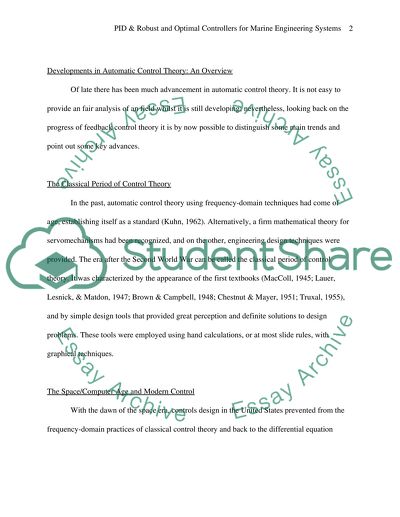Cite this document
(“Controllers for Marine Engineering Systems Essay”, n.d.)
Retrieved from https://studentshare.org/miscellaneous/1502248-controllers-for-marine-engineering-systems
Retrieved from https://studentshare.org/miscellaneous/1502248-controllers-for-marine-engineering-systems
(Controllers for Marine Engineering Systems Essay)
https://studentshare.org/miscellaneous/1502248-controllers-for-marine-engineering-systems.
https://studentshare.org/miscellaneous/1502248-controllers-for-marine-engineering-systems.
“Controllers for Marine Engineering Systems Essay”, n.d. https://studentshare.org/miscellaneous/1502248-controllers-for-marine-engineering-systems.


